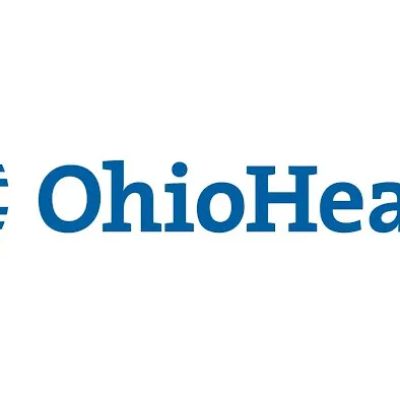- heart-disease-overview
- ethnic-disparities-in-heart-disease
- causes-and-risk-factors
- impact-of-disparities-on-communities
- addressing-inequalities-and-solutions
1. What Is Heart Disease and Why It Matters
Heart disease remains the leading cause of death in the United States, affecting millions across all demographics. It encompasses various conditions such as coronary artery disease, heart attacks, and heart failure. Understanding heart disease is crucial for prevention and effective management, yet the burden of this illness is not equally distributed among all ethnic groups.

2. Ethnic Disparities in Heart Disease: A Closer Look
2.1 Statistics Highlighting the Gap
Studies have consistently shown that certain ethnic groups, including African Americans, Hispanic Americans, and Native Americans, experience higher rates of heart disease compared to their White counterparts. For example, African Americans have nearly twice the rate of fatal heart attacks and higher prevalence of hypertension, a significant risk factor for heart disease.
Atlanta Heart Specialists
atlanta heart specialists
4375 Johns Creek Pkwy #350, Suwanee, GA 30024, USA

2.2 Historical and Societal Factors
These disparities are rooted in complex social determinants of health, including unequal access to healthcare, economic challenges, and historical systemic inequalities. Such factors limit preventive care and timely treatment, exacerbating the impact of heart disease in vulnerable communities.
3. Causes and Risk Factors Behind These Disparities
Multiple interlinked factors contribute to ethnic disparities in heart disease:
3.1 Genetic Predispositions
Certain populations may have genetic tendencies affecting cholesterol metabolism or blood pressure regulation, influencing heart disease risk.
3.2 Lifestyle and Environmental Influences
Diets high in sodium and saturated fats, lower physical activity, and higher smoking rates in some communities amplify risk. Additionally, neighborhoods with limited access to fresh foods and safe exercise spaces contribute negatively.
3.3 Healthcare Access and Quality
Ethnic minorities often face barriers to quality healthcare due to insurance disparities, language differences, and mistrust of medical institutions. This delay or avoidance of medical intervention leads to worse outcomes.
4. Real-World Impact: Stories and Case Examples
Consider the story of Maria, a Hispanic woman from a low-income neighborhood who suffered a heart attack at age 50. Despite experiencing warning signs, she delayed seeking care due to lack of insurance and language barriers. Maria’s case illustrates the intersection of ethnic disparities, socioeconomic status, and heart disease outcomes.
Similarly, data from Native American communities reveal high rates of diabetes and obesity, compounding their heart disease risk, often linked to historical trauma and ongoing health inequities.
5. Addressing Inequalities: Steps Toward Heart Health Equity
Combatting ethnic disparities in heart disease requires a multifaceted approach:
5.1 Improving Access to Preventive Care
Expanding affordable health coverage and culturally sensitive medical services helps communities access timely screenings and treatment.
5.2 Community Education and Outreach
Tailored educational programs focusing on diet, exercise, and smoking cessation can empower individuals to reduce risk.
5.3 Policy and Research Initiatives
Supporting policies that address social determinants of health and funding research into ethnic-specific risk factors are critical.
At HeartCare Hub, we provide resources and support to help individuals understand their heart health risks and connect with services designed to reduce these disparities. Empowerment through knowledge and access is key to bridging the gap in heart disease outcomes.






















Deborah Heart and Lung Center
deborah heart and lung center
200 Trenton Rd, Browns Mills, NJ 08015, USA